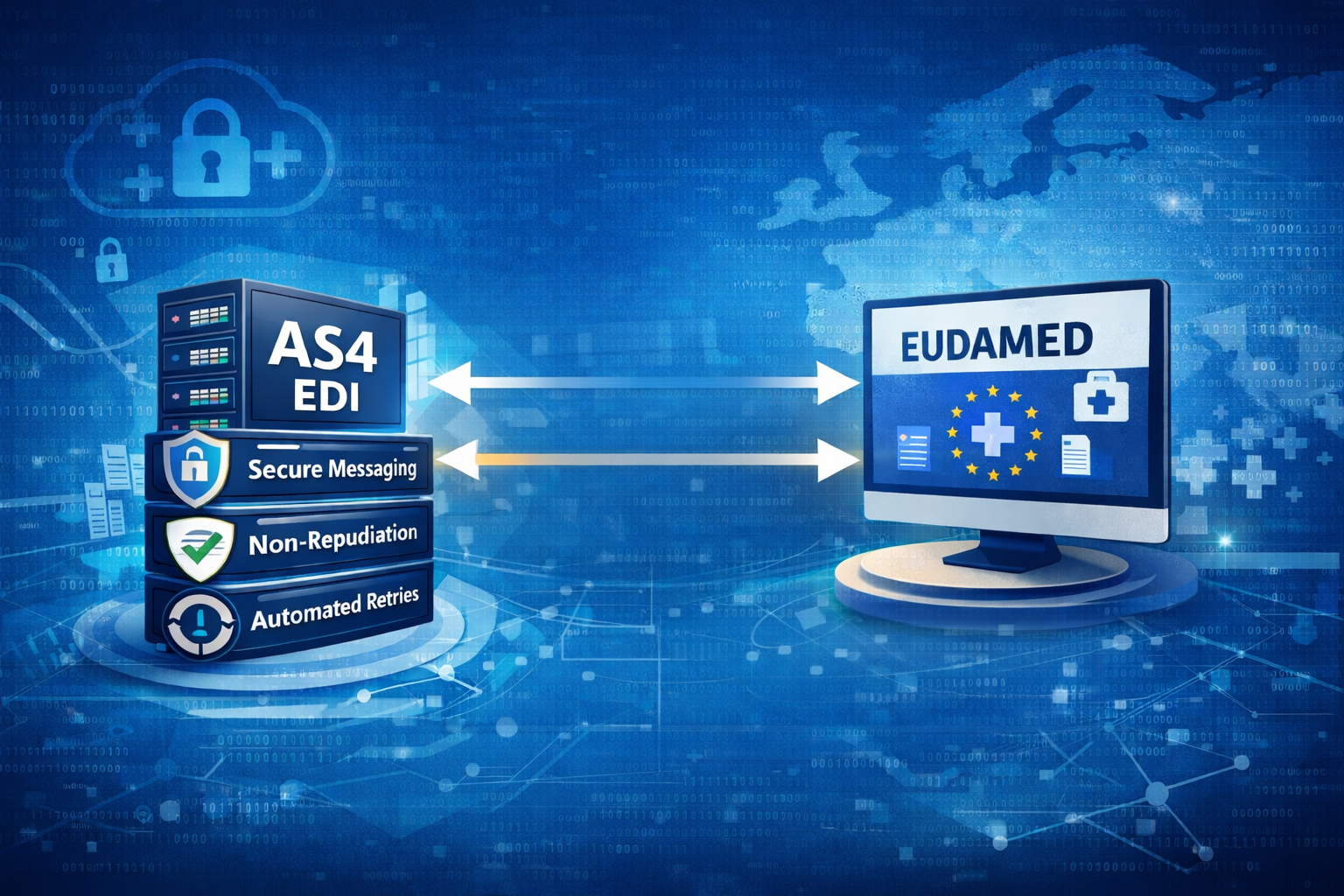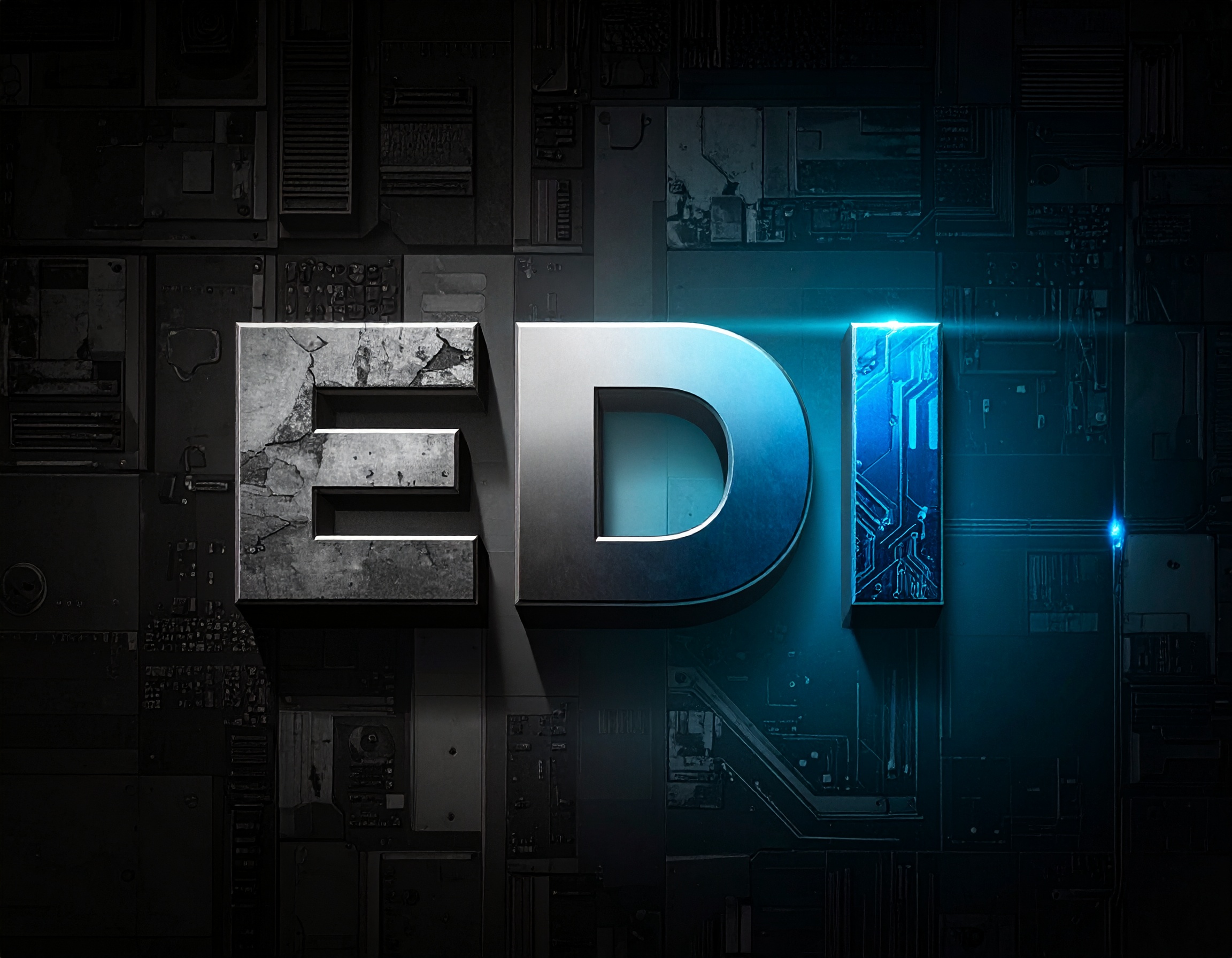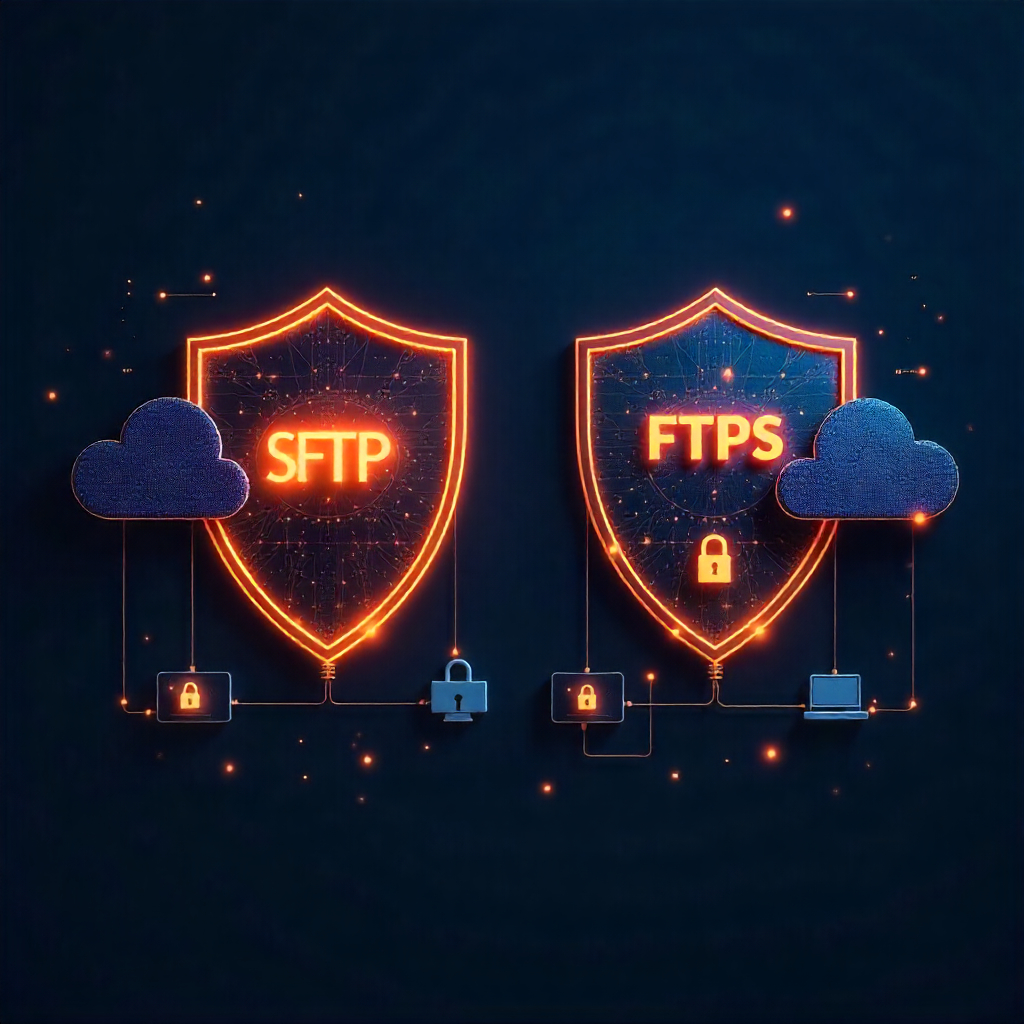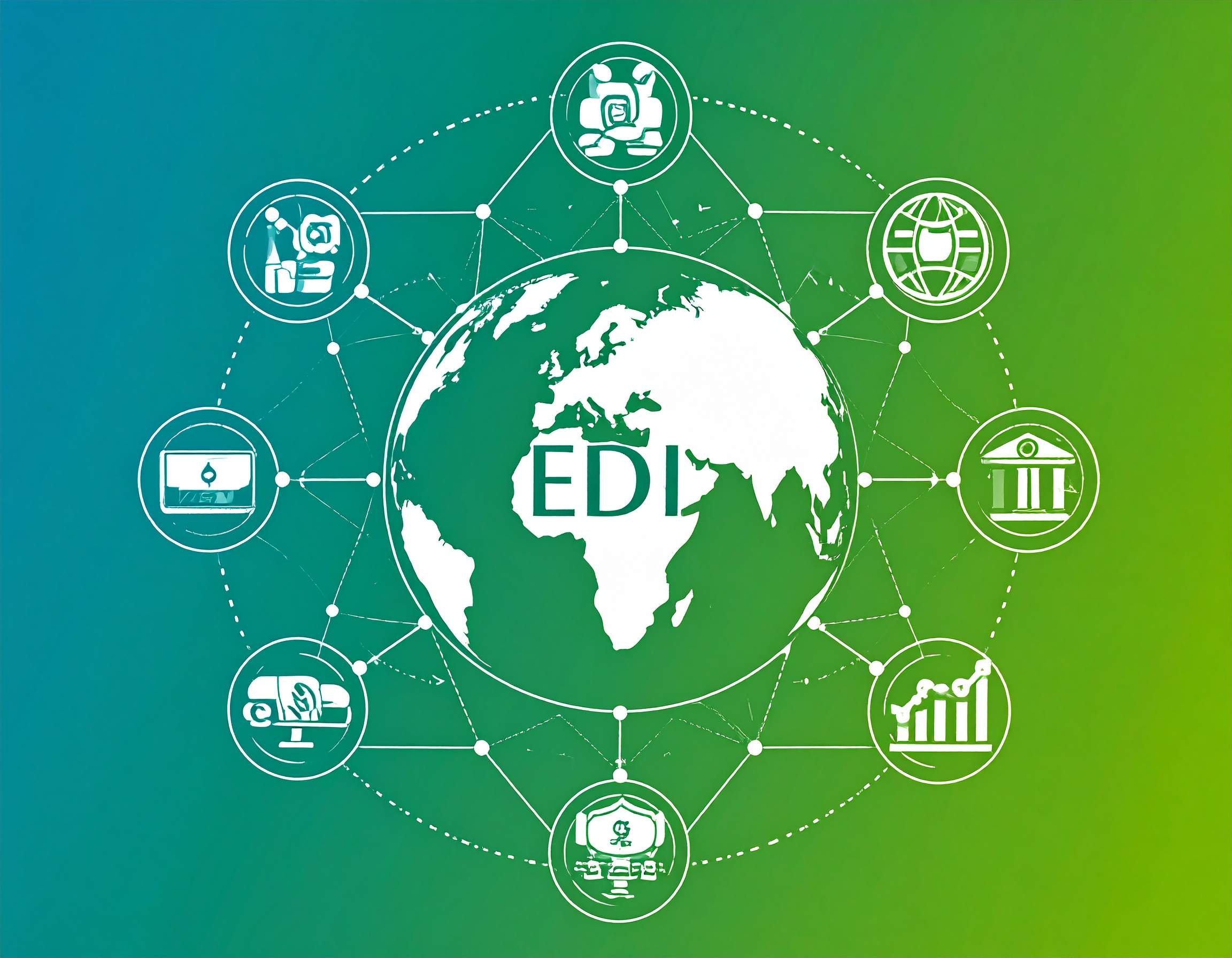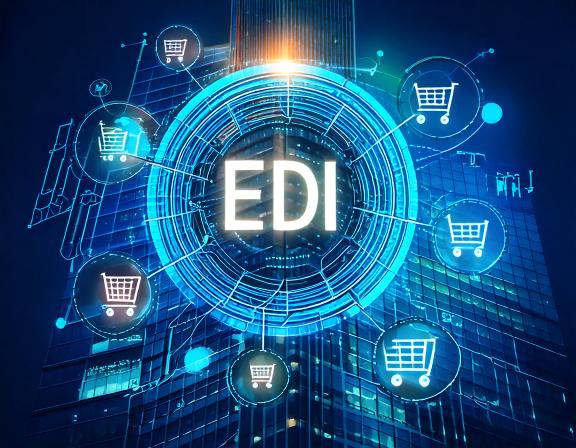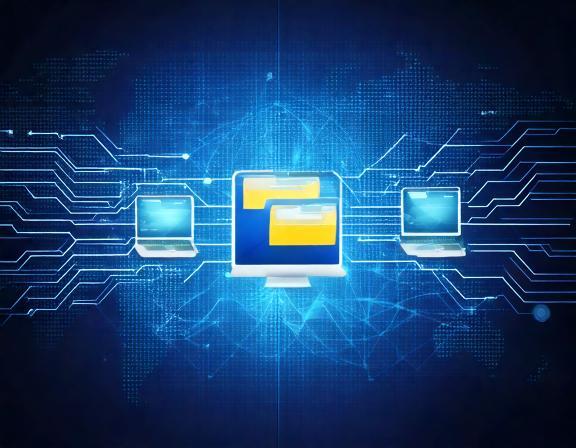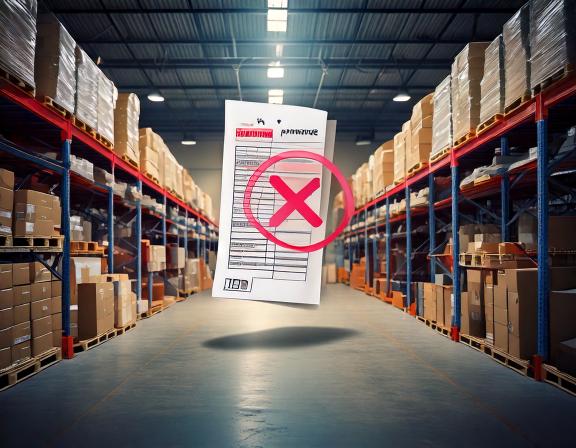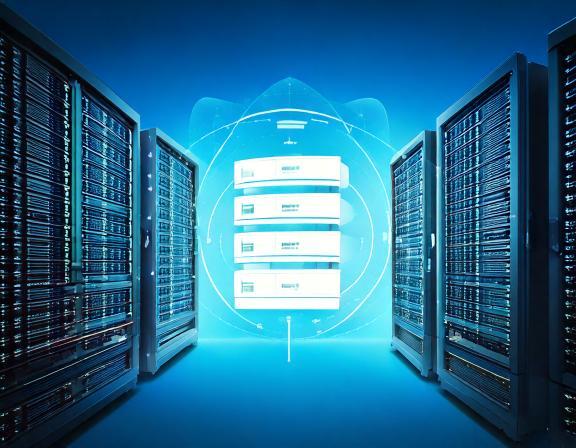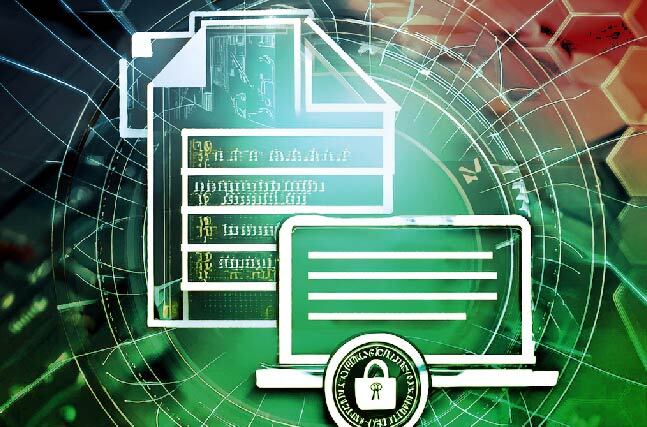MFT Gateway is a hosted Software as a Service (SaaS) solution that enables file exchange over the AS2 or SFTP protocol, without the need to install or maintain.
- Blog
- EDI for SMEs: Overcoming Entry Barriers
EDI
EDI for SMEs: Overcoming Entry Barriers
Learn how Electronic Data Interchange (EDI) empowers SMEs by simplifying integration and offering cost-effective solutions for efficient operations.

Lahiru Ananda
Published: 11 Oct 2024

Electronic Data Interchange (EDI) has been revolutionary for enterprises by automating transactions and streamlining communication with partners. However, many small and medium-sized enterprises (SMEs) still find traditional EDI systems out of reach because they are too expensive, complicated and technical for them to use effectively. For SMEs, there have always been exorbitant requirements, such as costly infrastructure and lack of technical knowledge. However, things have changed now. Modern technologies have made EDI solutions cheaper and easier to access than ever before, allowing SMEs to venture into broader markets without saddling themselves with huge upfront costs.
What is EDI?
Electronic Data Interchange (EDI) is the electronic exchange of standardized business documents between organizations. It replaces traditional paper-based methods, enabling companies to automate transactions such as invoicing, order processing, and shipping notices. EDI eliminates manual entry and reduces errors by enabling systems to directly talk to one another.
EDI plays an important role in current supply chains, enabling quicker and more precise data exchanges with partners involved in trade. As a result, the performance of an organization improves, partnerships are enhanced and businesses maintain their competitive edge in a fast-paced global environment.
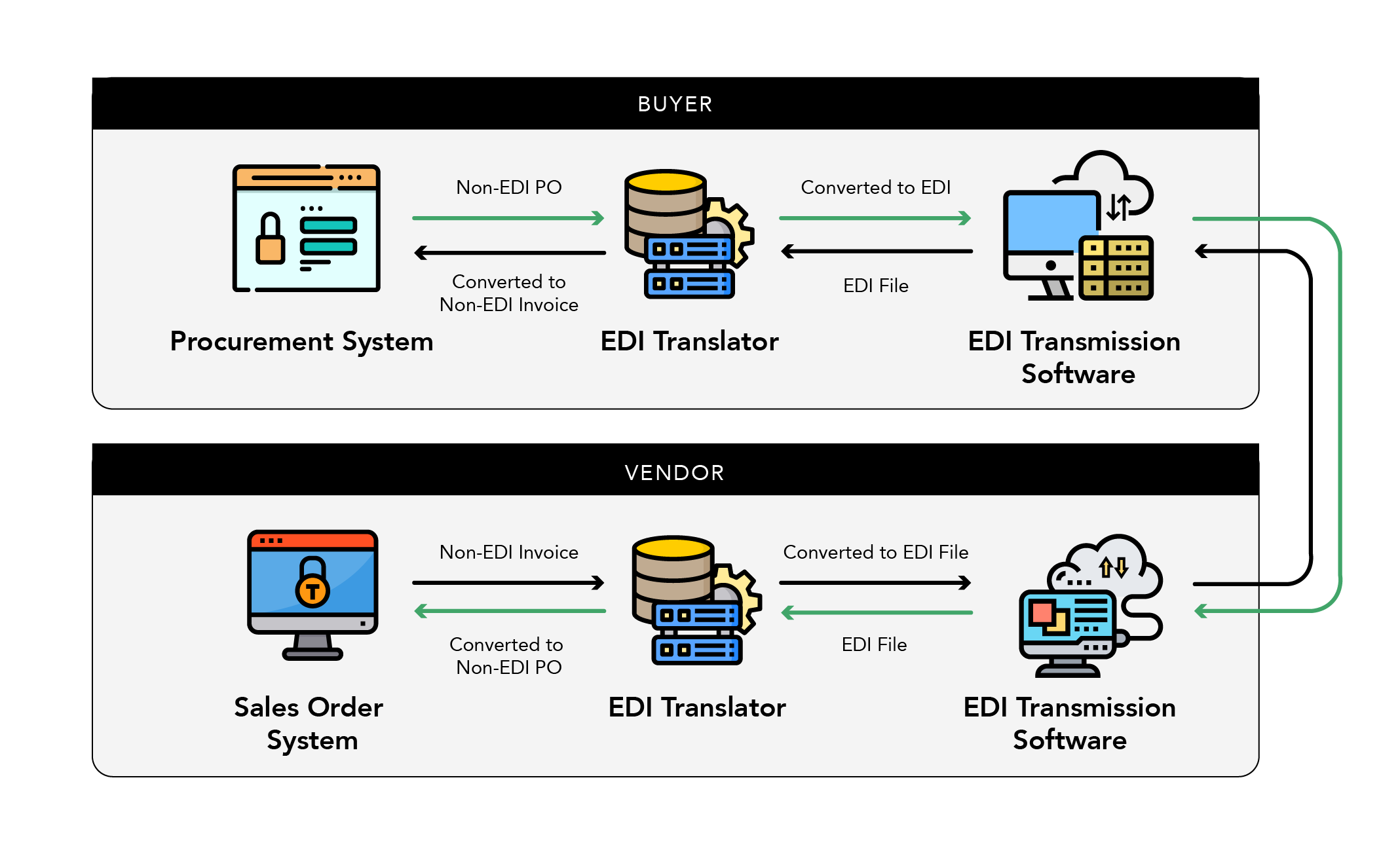
Challenges SMEs Faced with EDI in the Past
In the past, small-sized corporations and medium-sized firms encountered significant hurdles when selecting to use Electronic Data Interchange systems. The major challenge was that high initial costs for set-up and integration made implementation nearly impossible.
The traditional EDI solutions for SMEs needed costly hardware, software, and infrastructure investments which were not affordable by most SMEs. Besides, the system was complicated, requiring skilled expertise for its configuration as well as continuous maintenance. Lack of IT infrastructure and technical know-how on the part of many SMEs complicated their adoption of such systems leading to increasing difficulty.
Also, the training of employees to use EDI systems created additional complexity, which usually required a lot of time and resources. The necessity for constant monitoring and troubleshooting added strains on already stretched human resources.
In addition, SMEs have often struggled with compliance with larger trading partners. Bigger companies usually insist on strict compliance with their EDI formats and protocols, thus making it difficult for SMEs to directly integrate without making customizations. Lack of compliance could lead to loss of opportunities, missed targets, as well as inefficiency in the long run.
These hindering factors have contributed to many SMEs not reaping all the benefits out of EDI, hence limiting its competitiveness in this digital business world where speed and accuracy reign supreme.
Breaking Down the Barriers: How EDI is Becoming More Accessible
Recent developments in Electronic Data Interchange (EDI) have overcome the traditional hurdles that small and medium enterprises (SMEs) faced. Nowadays, cloud-based EDI solutions are democratizing access to EDI for SMEs, which no longer need to incur the expenses of on-premise infrastructure.
As a result, SME’s can set up EDI without large upfront investments, thus lowering critical setup costs and ongoing maintenance costs. Nowadays, user-friendly EDI platforms require only a little technical know-how from their users, making it easy for small-scale industries to embrace and manage EDI processes even without much IT support.
Flexible pricing models, such as subscription-based or pay-per-use plans, allow SMEs to choose cost-effective solutions that fit their budgets. This was made simple because even smaller companies are able to take advantage of EDI despite financial constraints that were previously experienced.
In addition to that, plug-and-play EDI systems can easily merge with already established software such as ERPs and CRMs, making it easier and quicker for enterprises to implement them. Thus, SMEs will not have to upgrade their whole systems in order for them to smoothly connect their operations.
Working with outside companies that offer managed EDI services has made this easier. These vendors take care of technical issues, meet compliance standards, and provide maintenance services to SMEs so that they can make better use of their time by dealing with what they are really good at and benefiting from a strong automated data interchange system.
The Benefits of EDI for SMEs
EDI offers several benefits in changing the management of business transactions for SMEs.
✔️ It streamlines processes
Automated data exchange reduces manual work, such as data entry, and minimizes human mistakes. This results in faster transactions, higher accuracy, thus increasing operational efficiency.
✔️ EDI helps SMEs to easily meet larger trading partners’ requirements
Meeting partner requirements solidify their cooperation and building stronger business relationships. This will not only help in retaining the same relationship for a longer period but also provide an opportunity to avail new and fresh offers, thus leading to more competition in the market.
✔️ EDI removes the usage of paper documents
This reduces costs and further alleviating the impact on the environment. In such a case, SMEs will be able to do business in a more efficient way, align themselves with industry standardization, and focus on growth and innovation rather than spending time on administrative tasks that would otherwise drain their time. The adoption of EDI thus makes them reliable partners and players in the business landscape on which larger-scale businesses can depend and grow together.
How to Get Started with EDI for Your SME
First, the SME needs to understand its very specific requirements regarding what documents it needs to send and how many transactions are involved. It will then be easier to select an EDI solution. Accordingly, an EDI provider is to be selected who can extend the capabilities of easy integrations with existing company systems, flexibility in pricing, and strength of customer support. Past experience similar to businesses and customer reviews will also be of the essence.
Implementation planning should include specific timelines, resource allocation, and necessary training of the staff to learn how to use the new system. A phase-by-phase implementation often works best, whereby you start with core transactions and expand into additional ones over time. Tie up with a vendor that can provide you solid onboarding and ongoing support for making the transition seamless. Regular training and a clear communication plan would help employees adapt faster to the implementation and guarantee full usage, along with a successful EDI system.
Future Trends in EDI for SMEs
Future EDI trends for SMEs will include extended use of AI and automation, making processes quicker with less human interference and more data accuracy. Since EDI systems deal with sensitive information, cybersecurity is turning out to be a high-priority concern that requires solid security measures. Blockchain technology will further enhance the transparency and trust of EDI transactions, recording exchanges securely and immutably.
As technologies continue to evolve, EDI solutions will be much more cost-effective and much easier to handle, such that SMEs could adopt the solutions with minimal resources and technical expertise. Then EDI will be more accessible and efficient than ever.
EDIGenerator by Aayu Technologies
EDIGenerator is a cloud-based EDI service, enabling one to receive EDI documents, read or print them, create shipments and invoices, and send back created EDI documents over AS2. All of this and more, without having to buy, install, and maintain a lot of software packages. It also allows you to get any volume of X12 or EDIFACT documents, have them translated into your chosen formats, such as JSON, XML, CSV, etc., and push them out to webhooks. Moreover, you can send your own JSON/XML/CSV, etc., files and convert them into EDI, send them over AS2 out to your partners.
Conclusion
Modern EDI solutions are becoming much more accessible and more cost-effective, providing a way for SMEs to overcome such traditional hurdles. EDI implementation leads directly to several benefits: smoother operations , enhanced accuracy, and strengthened relationships-all of which contribute towards competitiveness. SMEs should consider EDI as a strategic investment to enhance efficiency and support business growth.

Talk to an EDI Expert
Join hundreds of organizations already taking full control of their B2B AS2 communications with our trusted solutions. Contact us today to tailor a solution that fits your specific AS2 EDI needs.
Related Articles
View All BlogsExplore our product stack
Try before you buy with a 30-day Free Trial
No commitment, all value. Try the AS2 Solution Risk-Free and discover how our solutions can transform your business workflows. No credit card required.
Explore Your Possibilities
Elevate AS2 Communications with our EDI and AS2 Solutions
See how our AS2 and EDI solutions can simplify your integrations, boost efficiency, and keep you compliant—request a personalized demo today.





